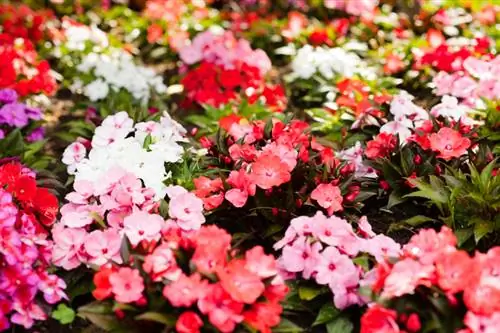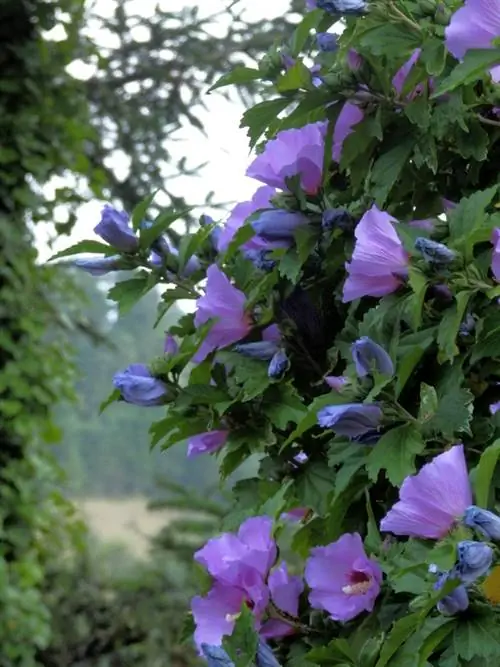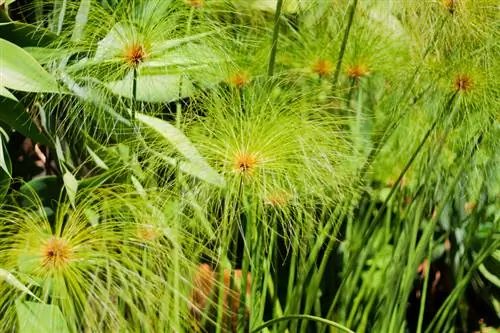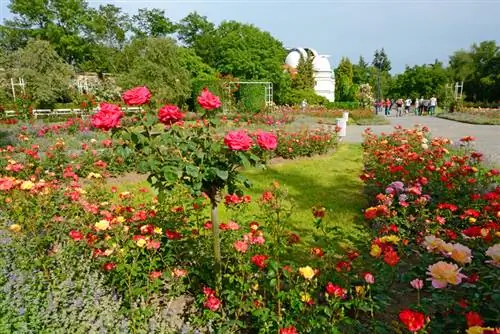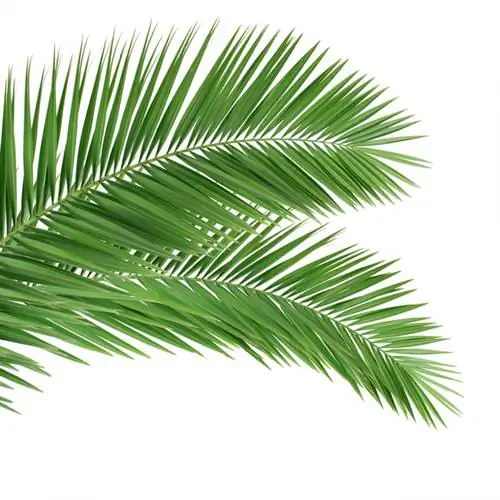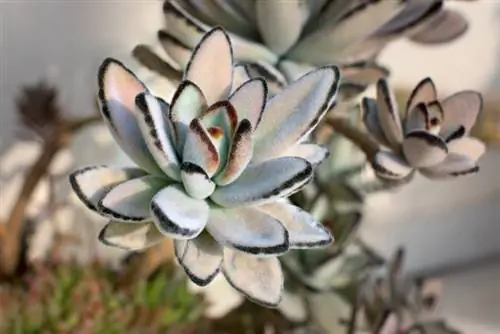- Author admin [email protected].
- Public 2023-12-16 16:46.
- Last modified 2025-01-23 11:20.
Admittedly, most jewelweeds are not particularly attractive ornamental plants for the garden. Their flowers are not very spectacular and they often tend to overgrow. Nevertheless, these plants can be interesting, for example, for planting forests and riparian areas, swamp areas, roadsides and as privacy screens.
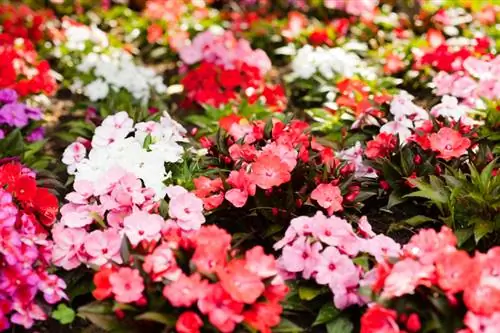
Which species of balsam are known?
The well-known balsam species include the glandular balsam, the large balsam, the small balsam and the busy lizard. These vary in size, flower color and size as well as their origin and use in the garden.
Glandular Balsam/Indian Balsam: The Neophyte from India
The best-known representative of the jewelweeds is the glandular jewelweed. It stands out among the approximately 1,000 species in the balsamine family. But why? It is less popular in this country and is seen as a weed that needs to be controlled.
The glandular balsam, like all other species, is poisonous when fresh. The exception are the edible seeds. But hardly anyone allows these to develop because: They contribute to the spread of this plant and that is undesirable in many places.
Its features:
- up to 2 m high
- flat, small roots
- loves locations on shore areas
- pink flowers
- hollow stems with strong branches at the end
- Flowering period between July and October
- black-brown seeds
- ovate leaves
- annual
Large balsam: flowers up to 3 cm in size
The Great Balsam (Impatiens noli-tangere) originally comes from Eurasia and is also known as 'touch-me-not'. It grows up to 90 cm high, has flowers up to 3 cm in size and blooms between June and September. Its flowers are yellow and have reddish-orange dots inside.
Little Balsam: Inconspicuous
In contrast to the large balsam, this species reaches a maximum height of 50 cm. Its flowers reach a maximum length of 1 cm. They are yellow-white and appear between the beginning of July and the end of August. Overall, this species, which often has a reddish tint on the stem, appears extremely inconspicuous. It comes from Asia and is now also widespread in Europe.
Busy Lieschen: Evergreen ornamental plant
Here are the facts:
- popular balcony and bed plant
- Origin: Africa
- evergreen
- up to 30 cm high
- look different than other jewelweeds
- Flower colors: white, orange, red, pink, violet or multicolored
- Flowering period: May to October
- also semi-double varieties with semi-double flowers
Tip
Also exciting for balsam fans are the balsam balsam from China, the orange-red balsam and Balfour's balsam from the Himalayas.

